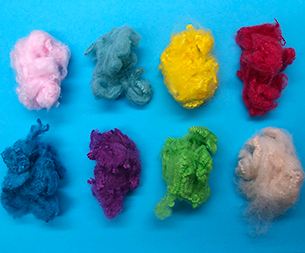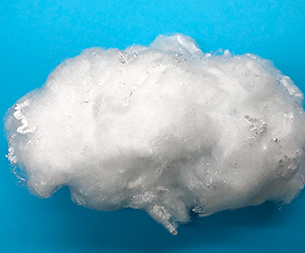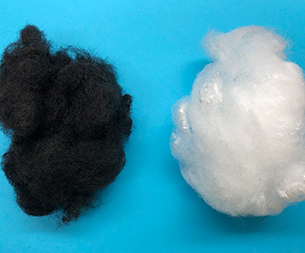How is the downstream textile and garment industry performing?
It is reported that the main factor of the rise in cotton prices this year is the short-term shortage of supply, after the start of the national reserve cotton auction and the issuance of import quotas, weak cotton demand is once again concerned, the traditional demand season gold nine silver ten did not appear.
From the perspective of downstream inventory structure, the overall goods are slow. In addition, the price of related textile products in the peak season has not risen but fallen, resulting in the current spinning end processing profits have not been effectively improved. In the case of slow inventory of finished products and weak processing and production profits, the overall decline in the textile industry has formed a negative for the direct consumption of cotton.
Overall, most of October has passed, and orders are still not good. In September, the cotton textile industry purchasing managers index was 50.05%, slightly higher than the line of growth and contraction, downstream clothing retail sales reached 82.5 billion yuan, an increase of 17.2%, an increase of 9.4%. However, it should be noted that the cotton inventory PMI was 56.52%, which also hit the highest point this year. In the later period, it is difficult to appear the phenomenon of insufficient spot liquidity of cotton in the market.
How will the future market develop?
The core logic of this round of cotton decline is that demand has not improved, but the important driving factor is the gradual decline in the purchase price of seed cotton, the mutual influence of spot and futures, coupled with poor international macro expectations, the yield of US Treasuries soared to a 10-year high, and most commodity prices were under pressure. If the Federal Reserve does not raise interest rates in November and December, then the probability of ICE cotton gradually stabilizing at 80 cents is greater, the purchase of domestic cotton is basically completed in November, and the cost of lint can be basically determined, then the pressure on futures will be reduced, and the subsequent sustainable attention will be paid to the financial market and the changes in the situation in the Middle East, crude oil price fluctuations and other factors.
At present, the market pricing power has quickly completed the switch from the supply side to the demand side, although the delivery logic of the 01 contract will bring a certain disk support role after the middle of November due to the convergence of the basis, but the channel of further transmission and transfer of cotton to the downstream is blocked due to the silting of inventories in the textile industry and weak profits, in addition, it is also subject to the suppression of the hedge level, the overall trend is still weak.
The recent dominant factor in the cotton market has changed from "production reduction" to "intensified peripheral uncertainty and unsatisfactory downstream consumption." At present, the later stage will still follow this factor and run weakly. In the later stage, it is necessary to pay attention to the situation of cotton farmers selling seed cotton, the game form between ginners and cotton farmers, as well as downstream consumption data and order placement.
Declaration: The content of this article is organized from the Internet, and the copyright belongs to the original author; If there is infringement, please inform in time and contact to delete.
- Key Guide to Selecting Polypropy
- The impact of the Federal Reserv
- The core performance advantages
- China Textile Machinery: Driven
- The core applications of polypro
- Textile foreign trade has shifte
- How to choose the right polyprop
- Cross-border textile merchants a
- Optimization of Production proce
- What impact does the United Stat
- Markets
- Automotive Products
- Nonwoven Lining
- Geosynthetics
- Liquid Filtration
- Apparel and Textiles
- Hygiene Products
- Building and Construction
- Other Markets
- Contact Us
- Contact Haibang





